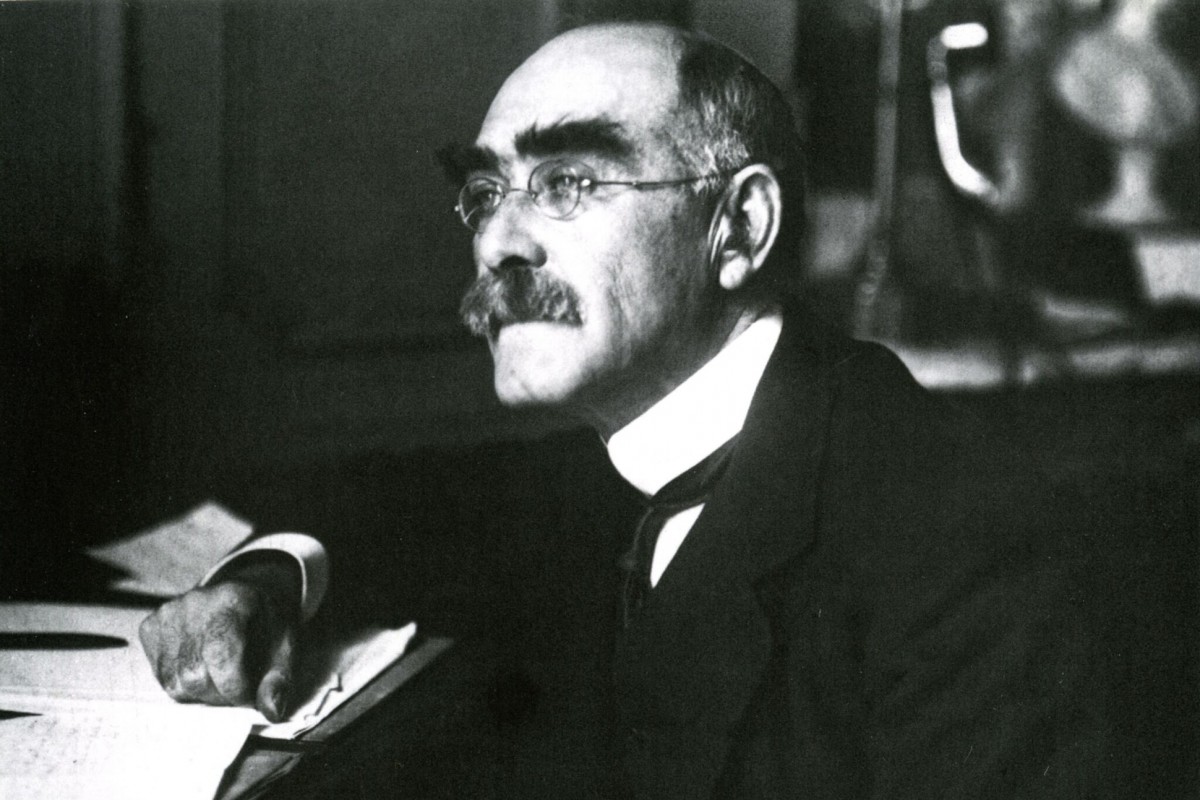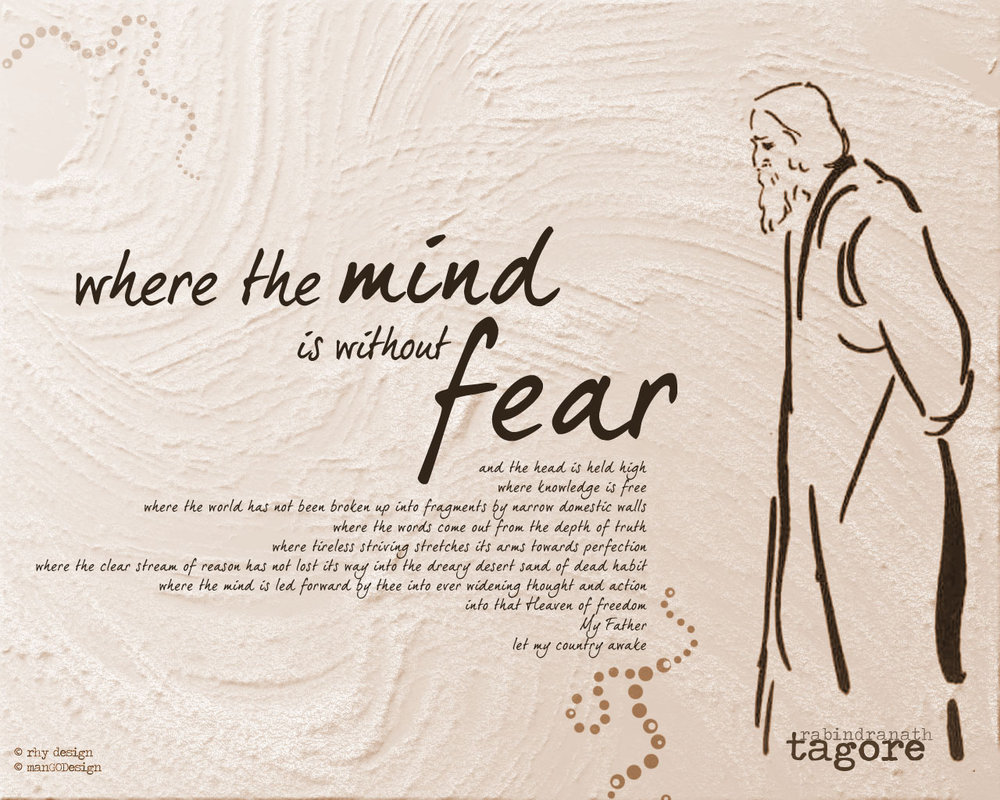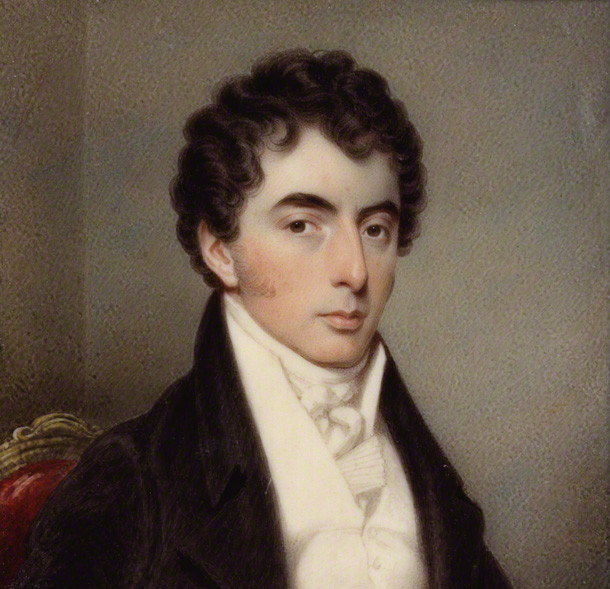This poem summary focuses on the hauntingly beautiful poem ‘The Way through the Woods by Rudyard Kipling. Kipling is best known for his novels and stories based in India, where he was born. However, poems such as this one also contribute to his literary merit. It is not often you come across a poem that is both descriptive and evocative, but ‘The Way through the Woods’ is just that. It describes an old forest path, but through such a description, it evokes various emotions in its readers, ranging from curiosity to despair.
The Way Through The Woods: Summary
This poem summary is divided into two paragraphs, focusing on one of the two stanzas of ‘The Way Through the Woods.’ The first stanza consists of twelve lines. In this stanza, the poet-narrator persona says that there had once been a path running through a forest, but that path had been closed down seventy years before the time in which this poem was being written. Hence the first two lines themselves arouse curiosity in readers.
Next, the poet-narrator describes what happened after the forest path was closed down. He says that trees had been planted to grow all over the place where the path had previously been and obscure its very existence. Because of the thick forest cover, there is no sunlight as it is, and rain has come down at regular intervals within the forest, contributing to the further disappearance of the path. The seventh line of this stanza contains a clue that the landscape being described is an English one. This makes sense because, as is well known, Kipling only gained fame as a writer after returning to England from India.
Returning to the poem itself, it is said that the path has disappeared from view under trees, shrubs, and “coppice.” Coppicing is an English term for a traditional method of woodland management that takes advantage of the fact that many trees make new growth from the stump or roots if cut down. In a coppiced wood, young tree stems are repeatedly cut down to near ground level. So stumps of trees also grow at the place where the forest path had once been carved out among the vegetation. Anemones, a particular genus of plants typically found in England, are also visible there. There is only one person who is aware of the prior existence of the forest path, and that is the gamekeeper. He knows where the path had once been, where the ring-dove calls out in its melancholy tones, and where the badgers spend leisurely hours rolling around.
The second part of this poem summary is based on the second stanza of ‘The Way through the Woods,’ which consists of thirteen lines. In this stanza, the tone of the poem shifts subtly. Here the poet-narrator describes what an observer might find if he ventures into the forest on a summer evening when the darkness has already descended in that part of the country. He says that the water in the pools where trout bound would have cooled down as a result of the flow of chilly air currents. The otter could be seen going about its usual business, whistling out to its mate to join it, paying no heed to the observer.
These creatures of the forest, says the poet-narrator, are not fearful of human beings since they have only encountered a few of them and are consequently unaware of what mankind can do to nature, indiscriminately killing off its fauna in the process. The atmosphere would be misty so that one wouldn’t be able to see properly.
However, one would be able to hear the hooves of a horse galloping and the swishing sound created by the movement of a woman’s skirt among the dew-drenched grass. It would seem as if the horse and its rider were perfectly aware of the turns in the forest path that had once existed in that very place. However, no such path exists any longer. Hence, the poem ends on a poignant note that makes the readers reflect on what the poet is actually hinting at by conjuring up such ephemeral presences. I hope you enjoyed reading The Way Through the Woods: Summary. You can also refer to the Analysis and Theme of the Way Through The Woods.
Updated by Anjali Roongta on 11th April 2023.
Some online learning platforms provide certifications, while others are designed to simply grow your skills in your personal and professional life. Including Masterclass and Coursera, here are our recommendations for the best online learning platforms you can sign up for today.
The 7 Best Online Learning Platforms of 2022
- Best Overall: Coursera
- Best for Niche Topics: Udemy
- Best for Creative Fields: Skillshare
- Best for Celebrity Lessons: MasterClass
- Best for STEM: EdX
- Best for Career Building: Udacity
- Best for Data Learning: Pluralsight















Very helpful to me and it made the whole story understood me I thought I sm a student in a school and reading what my teacher teaches me seemed like a part of my life
Great interpretation of the poem.
hello
This really helped me.
Thank you